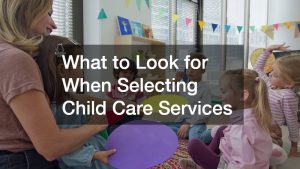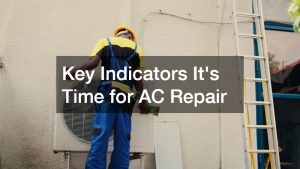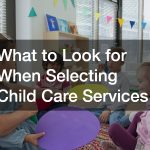Parents often find themselves faced with the crucial decision of selecting the right educational environment for their children. For those leaning towards the Montessori philosophy, the task extends beyond merely choosing a school with the term "Montessori" in its name. The challenge lies in identifying authentic Montessori nurseries that truly embody the principles laid out by Maria Montessori. This comprehensive guide aims to help parents navigate through the key features that distinguish genuine Montessori preschools from others.
1. The Overall Environment:
A genuine Montessori classroom is characterized by its bright, naturally lit space adorned with natural colors. Unlike traditional classrooms, you won’t find an array of arts, letters, or numbers adorning the walls.
The environment is intentionally orderly, with shelves neatly arranged and activities thoughtfully organized. Natural materials dominate, creating a distinct ambiance that fosters focus and independence.
2. Organization of the Classroom:
Montessori classrooms adhere to a unique organizational structure, reflecting the five main curriculum areas: practical life skills, numeracy, literacy, understanding of the world (including science and biology), and sensorial activities. Each corner of the room represents a different curriculum area, highlighting the emphasis on order and categorization. This organization allows children the freedom to choose their activities while maintaining a structured learning environment.
3. Materials in the Classroom:
Authentic Montessori preschools feature specific materials, such as the iconic pink tower and broadstairs in the sensorial area. Materials in numeracy include paper letters, beads, counters, and long routes. The literacy area boasts a large moveable alphabet. The use of natural, often wooden, materials is a distinguishing feature, with a belief in allowing children to work with so-called "risky" materials, like real glass, to encourage responsibility and independence.
4. Vertical Grouping:
Montessori classrooms often embrace a mixed-age or vertical grouping approach. This means children of different ages, typically 3 to 6, 6 to 9, and 9 to 12, share the same learning space. The philosophy is grounded in the belief that age should not be a determining factor for grouping, as children learn better by observing and emulating others. This approach helps younger children learn from their older peers, while older ones solidify their knowledge by teaching and assisting younger ones.
5. Snack Area:
An easily identifiable feature of a genuine Montessori environment is the snack area. Here, children have the freedom to access fruits and vegetables independently, emphasizing the uninterrupted cycle of work. Unlike traditional settings with scheduled group snack times, Montessori encourages children to decide when and what they want to eat, promoting independence and choice.
6. Teachers in the Montessori Environment:
Observing teacher-student interactions is crucial when assessing the authenticity of a Montessori preschool. In these environments, teachers view children as equals, respecting their individuality and fostering a spirit of independence. Montessori teachers typically undergo specialized training, a two-year education that encompasses philosophy, child development, and presentation techniques for various activities.
7. Uninterrupted Cycle of Work:
A hallmark of Montessori education is the uninterrupted cycle of work, lasting two to three hours. Unlike traditional education, there are no set blocks of time for specific subjects. Instead, children are given the autonomy to choose their activities and work at their own pace. Group classes, such as yoga or music, are optional, allowing children the freedom to decide their level of participation.
8. Parental Involvement:
Another aspect to consider is the level of parental involvement encouraged by the Montessori preschool. Authentic Montessori schools often value collaboration between parents and educators, fostering a sense of community and shared responsibility for the child’s education. Parents may be invited to participate in workshops, observe classroom activities, or engage in discussions about their child’s progress.
9. Outdoor Learning Environment:
Montessori education places importance on connecting children with nature and the outdoor environment. A genuine Montessori nursery will likely have outdoor spaces designed to facilitate exploration, sensory experiences, and hands-on learning opportunities. Outdoor classrooms, gardens, and natural play areas may be integrated into the curriculum, providing children with opportunities for physical activity and environmental awareness.
10. Assessment and Progress Tracking:
Unlike traditional grading systems, Montessori education often utilizes alternative methods of assessment that focus on holistic development and mastery of skills. Parents should inquire about the school’s approach to assessment and how progress is tracked over time. Authentic Montessori preschools may use observations, portfolios, and conferences to assess children’s growth and tailor instruction to their individual needs.
In conclusion, choosing the right Montessori nursery involves a careful examination of various factors, including the overall environment, organization, materials, grouping strategy, snack area, teacher-student dynamics, parental involvement, outdoor learning opportunities, and assessment methods. By being aware of these key features and asking informed questions during the selection process, parents can ensure that they find an authentic Montessori preschool that aligns with their values and educational goals for their child.
.

















